Economy surging in great Covid comeback
NSW and Queensland led the national comeback from the deepest downturn in 100 years, while Victoria’s economy contracted.
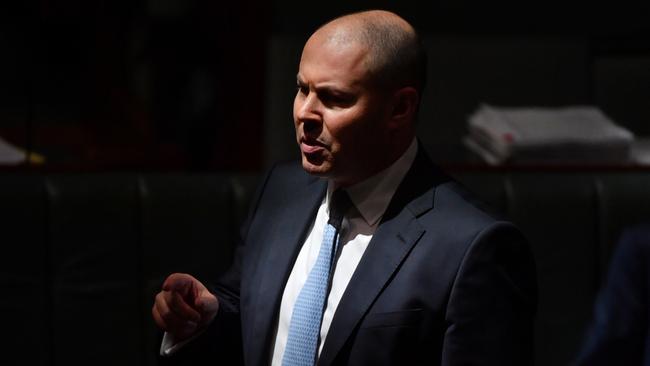
Australia has bounced out of its first recession in three decades to record its strongest quarter of economic growth in 45 years, as easing COVID-19 restrictions and massive government stimulus sparked a surge in consumer spending.
The economy jumped 3.3 per cent over the three months to September supported by a record lift in household consumption, powering a larger than expected rebound from the 7 per cent collapse in GDP growth in the June quarter.
NSW and Queensland led the national comeback from the deepest downturn in 100 years, while Victoria’s economy contracted 1 per cent as it battled to contain a second wave of COVID-19.
Ahead of the JobKeeper wage subsidy ending in March, Treasury is hopeful a faster recovery than forecast in the October 6 budget will get more Australians back to work and move businesses to pre-COVID economic activity.
Scott Morrison on Wednesday declared the nation’s comeback was under way, as the government continued support for businesses, investment and jobs growth.
“That economic recovery plan is working,” the Prime Minister said. “It’s working for all Australians. It’s set us on the right path. It has stood us out globally we will continue on that path and continue to stand by all Australians.”
Mr Morrison said that despite Australia coming out of the COVID-19 recession, the nation had a “very long way to go”.
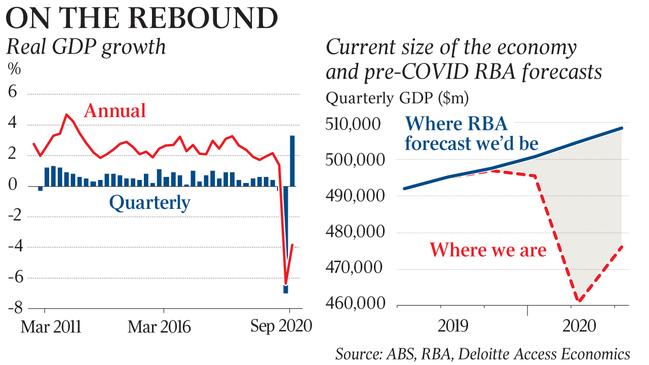
Economists and industry groups said a resurgent Victoria, which contributed a quarter of national GDP, would help drive another solid quarter of growth to the end of the year, with CBA and NAB tipping 2 per cent growth between October and December.
Household consumption jumped 7.9 per cent over the September quarter, contributing 4 percentage points to real GDP growth over the three months, the Australian Bureau of Statistics national accounts figures showed.
That followed a 12.1 per cent collapse in the June quarter when national COVID restrictions forced many companies to close and greatly reduced spending in shops, gyms, cinemas and cafes.
Australians enjoyed a 3.6 per cent jump in real disposable household income, fuelled by record federal and state government support measures. The household savings rate dropped from a record 22.1 per cent in June to 18.9 per cent — still higher than figures registered during the global financial crisis — pointing to the potential for Australians to draw down further on cash buffers and open wallets in the lead-up to Christmas.
Spending on flights, public transport, hotels, cafes and restaurants surged 50 per cent, while spending on health, clothing and footwear and “other” services, such as hairdressing and gyms, all jumped by at least 20 per cent.
Josh Frydenberg said Wednesday’s national accounts confirmed that Australia’s economic recovery was under way but warned the road back would be “long, hard and bumpy”.
“My message to the Australian community today is that Australia’s economy is coming back,” the Treasurer said. “There is real cause for optimism and hope. Australia is better placed than nearly any other country in the world to make this comeback from COVID-19 and that should give them (households) confidence to go out and conduct their normal lives.”
Mr Frydenberg said the pace of the recovery over the September quarter was “even better than we expected (in the) budget”.
With two million fewer Australians on JobKeeper in October than in September, the faster than anticipated labour market recovery pointed to upgraded fiscal and economic forecasts in the government’s mid-year budget update, which Mr Frydenberg said would be released this month.
Business and industry groups welcomed the economic rebound but called on the government to do more in stimulating private sector investment, which fell sharply in the September quarter.
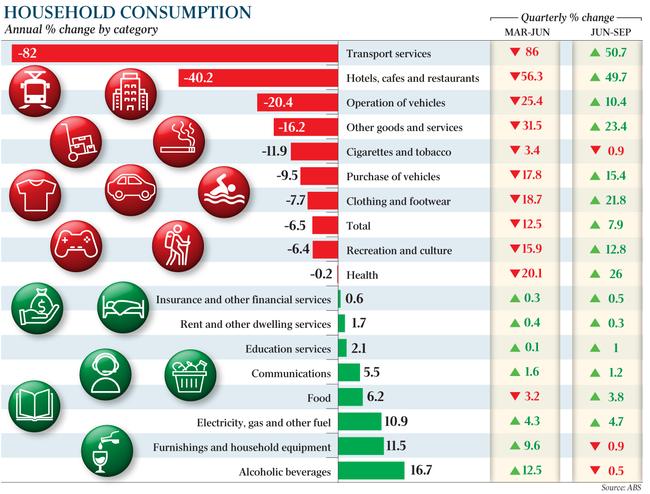
The national accounts figures showed that while the September quarter comeback was impressive, the recovery from the COVID-19 downturn — the most severe in a century — remained incomplete. Total consumption remained 6.5 per cent down on a year earlier. With state borders closed through the quarter and many Australians spending more time at home, spending on transport services remained 82 per cent lower than a year before, while consumption in hotels, cafes and restaurants remained 40 per cent down.
Opposition Treasury spokesman Jim Chalmers said the GDP rebound was “welcome but unsurprising given the easing of restrictions”.
“For many Australians what looks like a recovery on paper will still feel like a recession,” Mr Chalmers said. “What really matters is not one quarterly GDP number on a page but how Australians are actually faring and whether they can provide for their loved ones.
“The Morrison government fails to understand that 2.4 million Australians are still unemployed or underemployed, and many small businesses are under enormous pressure.”
Mr Frydenberg said Victoria’s success in combating COVID-19 would deliver a significant coup in accelerating jobs growth.
Reserve Bank governor Philip Lowe said he expected growth to be “solidly positive” over the final three months of the year. Dr Lowe said a string of stronger than expected economic data suggested the unemployment rate would peak lower than his previous estimate of 8 per cent.
The RBA is forecasting real GDP to grow by 4 per cent next year and 5 per cent in 2022, with Dr Lowe flagging improved growth should a vaccine become widely available before the end of next year.
“These figures, though, cannot hide the reality that the recovery will be uneven and bumpy and that it will be drawn out,” Dr Lowe said. “Some parts of the economy are doing quite well, but others are in considerable difficulty.”
Government spending lifted by 1.2 per cent, adding 0.5 percentage points to growth as total government expenditure reached 27 per cent of quarterly GDP.
Deloitte Access Economics senior economist Harry Murphy-Cruise said that, despite the record rebound, Australia’s economy was 4.2 per cent smaller than it was in last year’s December quarter.

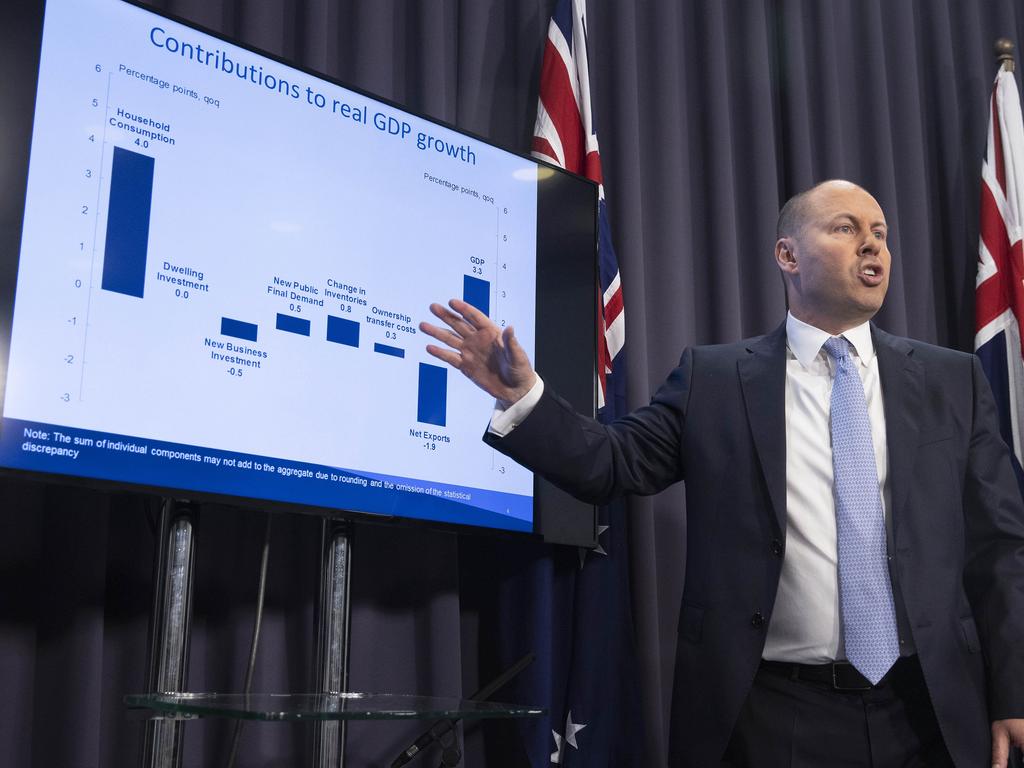



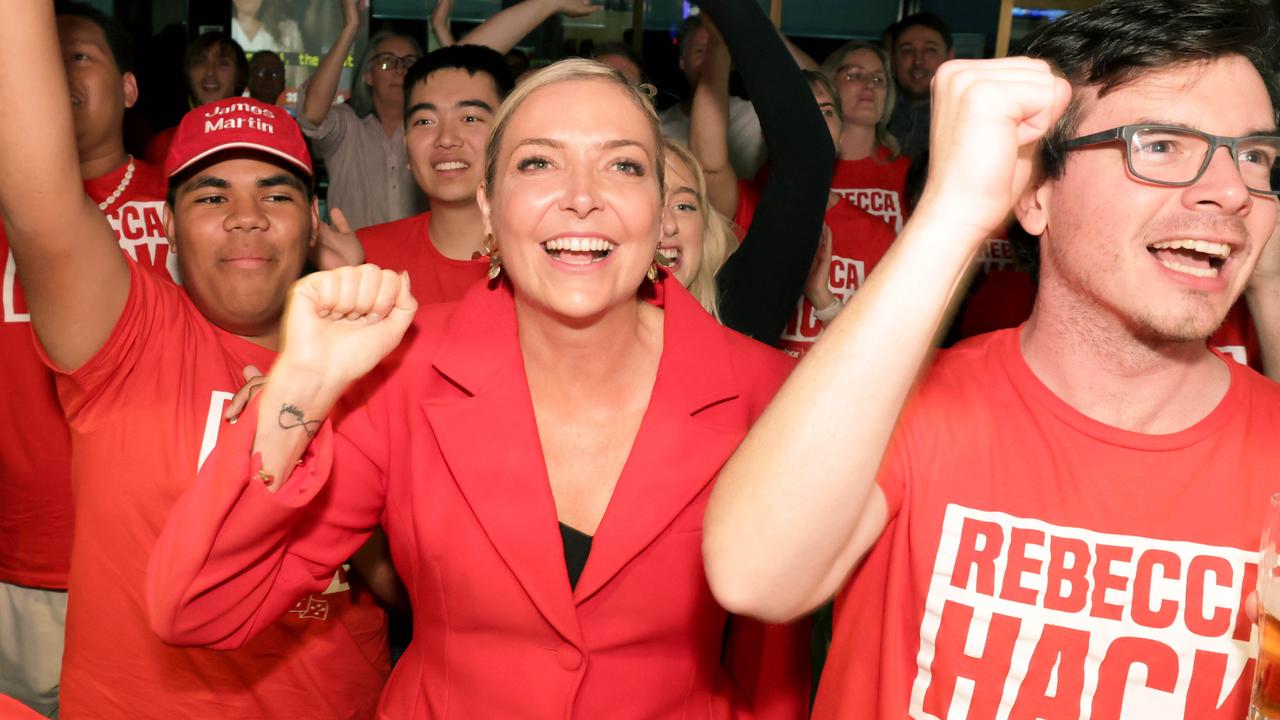

To join the conversation, please log in. Don't have an account? Register
Join the conversation, you are commenting as Logout